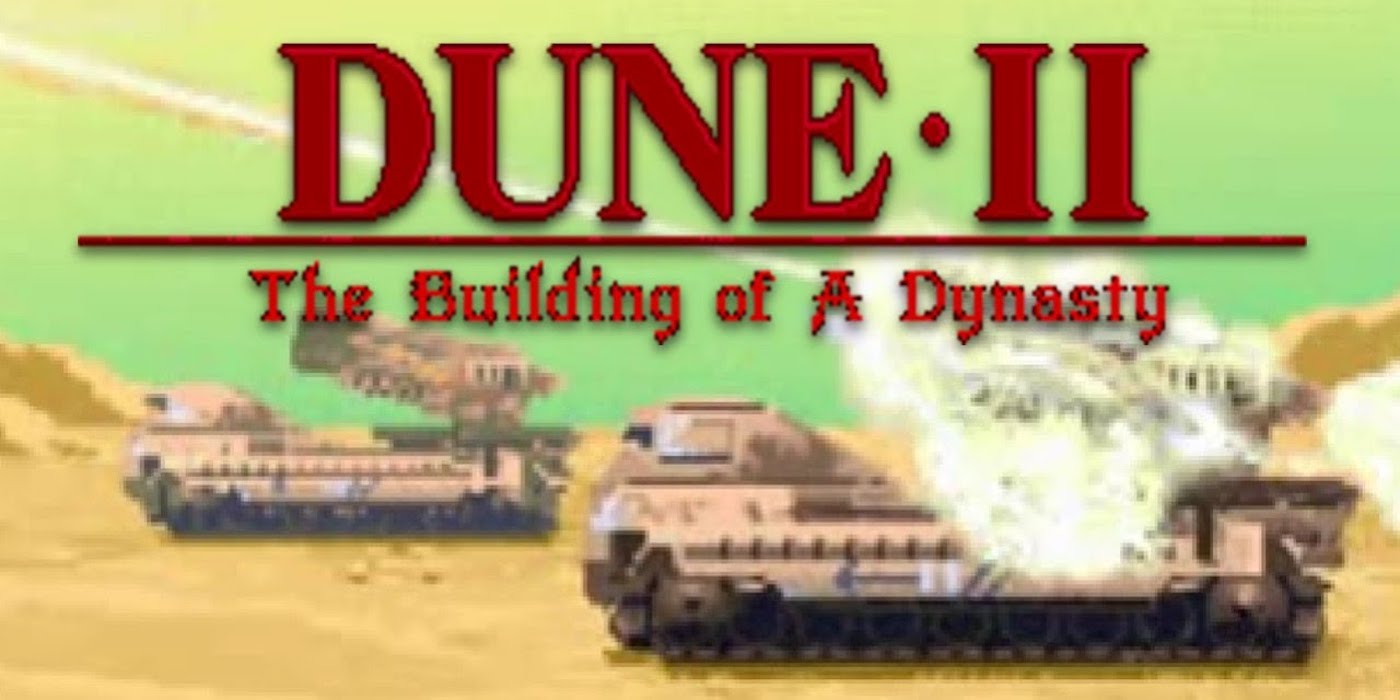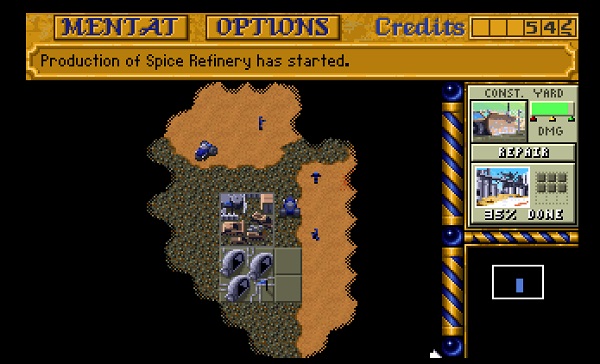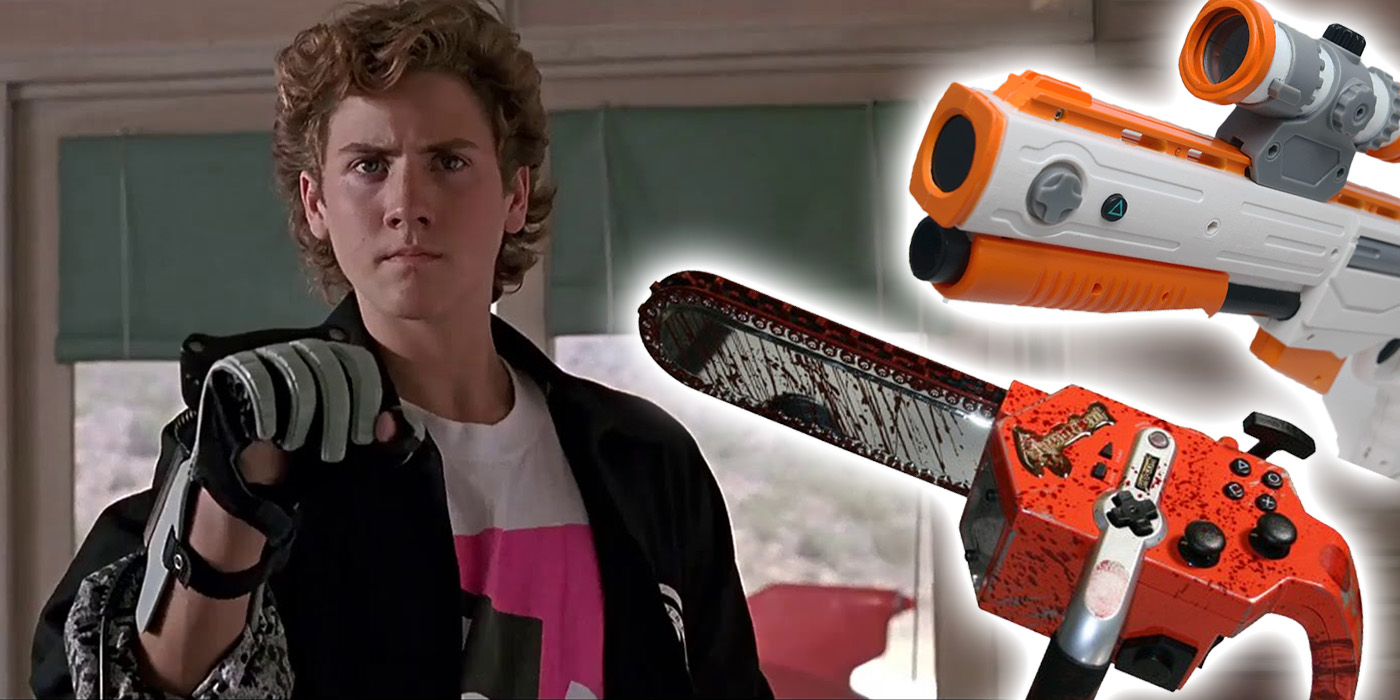‘Dune 2: Building of a Dynasty’ Did Just That For Realtime Strategy Games


Dune 2: The Building of a Dynasty set the stage for modern RTS games. Come and join me for a trip to the far future of 1992 and let’s harvest some spice.
Dune is back in the public consciousness. This proves two things: a) what was old is new again, and b) the spice must flow. So, we’re going back through some of the classic Dune games, including one of our favorites: Dune 2: Battle for Arrakis.
Way back in 1992, the world was a simpler place. Dune 2: The Building of a Dynasty (or Battle for Arrakis) was released to a warm reception, good global sales, and decent reviews. Dune 2 is built on the gameplay elements established in the first Dune game. It was built by Westwood Studios, whom you might recognize as the group behind the Command & Conquer series. Or from their later iterations into Dune which feature some acting by Jonathan Rhys-Davies chewing through the scenery of their soundstage with all the gusto of an immortal being.
Dune 2 Was Groundbreaking
But, we’re looking at Dune 2, which helped establish the formula for the RTS genre as we know it. A lot of the familiar elements we’ve come to expect have their start here. Especially since this game makes use of the (at the time) brand-new ability for computers to run MIDI elements. This gave it a leg-up on both animation and sound.

Unfortunately, Dune 2 has been lost to time for all and is impossible to play. I’m lying. Nothing is ever lost on the internet, and you can still play an emulator for The Building of a Dynasty right now if you’d like. I’d love to be snarky here and say that I played it so you don’t have to… but even 28 years later, it’s still pretty fun.
The game seems deceptively simple: Emperor Frederick IV of House Corinno offers governorship of the planet Arrakis to whichever house can harvest the most spice to pay off his debts. You pick between houses Atreides, Harkonnen, and Ordos and get to work on a mix of building, city planning, and war strategizing. If this sounds like every RTS (real-time strategy) game ever, you’d be right it does.
Dune 2 Was Incredibly Innovative
But that’s because Dune II does it first. Here’s just a taste of some of the innovations that Dune II brings about:
- A world map from which the next mission is chosen
- Resource-gathering to fund unit construction
- Simple base and unit construction
- Building construction dependencies (technology tree)
- Mobile units that can be deployed as buildings
- Different sides/factions (the Houses), each with unique unit types and super weapons
- A context-sensitive mouse cursor to issue commands (introduced in the Mega Drive/Genesis version)
It’s the first wargame to use a keyboard and mouse. It helps define the genre, that’s how good it is. And it comes in part from its inspiration, which includes a few older games like Herzog Zwei, but also takes inspiration from the relatively new Apple computer interface. The designers liked “clicking on menu items and icons” and decided to incorporate that in their game design, which is why you can still click around today. Constructing Additional Pylons has its start in the sands of Arrakis.
Visually and Auditorily Stunning (For the Time)
The graphics and art in this game are surprisingly good, especially considering that I played the 1997 version of Final Fantasy 7 earlier this year and spent a fair amount of time squinting at my Switch and thinking, “Where’s the road?” Dune’s gameplay graphics are simple, clean, and clear, and the cut-scene art is honestly amazing for 1992. They managed to animate mostly what a mouth would look like while Emperor Frederick is speaking at the beginning and I don’t always get that level of detail from games released in the last five years let alone nearly thirty years ago.
As far as the plot goes… once again, it’s the first iteration of a tried and true formula. Animated cutscenes lay out the story (which is admittedly bare-bones), and the reward for success is unlocking more of the story, more powerful units (including the eventual house-specific superweapons), and getting to see more of that sweet sweet pixelated animation.
All in all, if you’re a Dune fan, enjoy a decent war game, or just have too much free time right now, Dune 2: The Building of a Dynasty is a pretty darn decent way to spend a few minutes (or hours). Take a ride in the way-back machine to 1992 and enjoy a little piece of fandom history.
How do you feel about retro game emulators? Have you played Dune 2 before? ‘Which house did you pick? Let us know in the comments!
Happy Adventuring!




